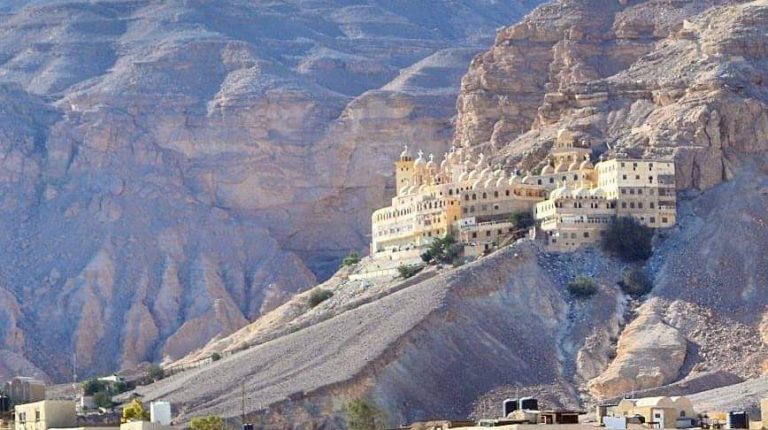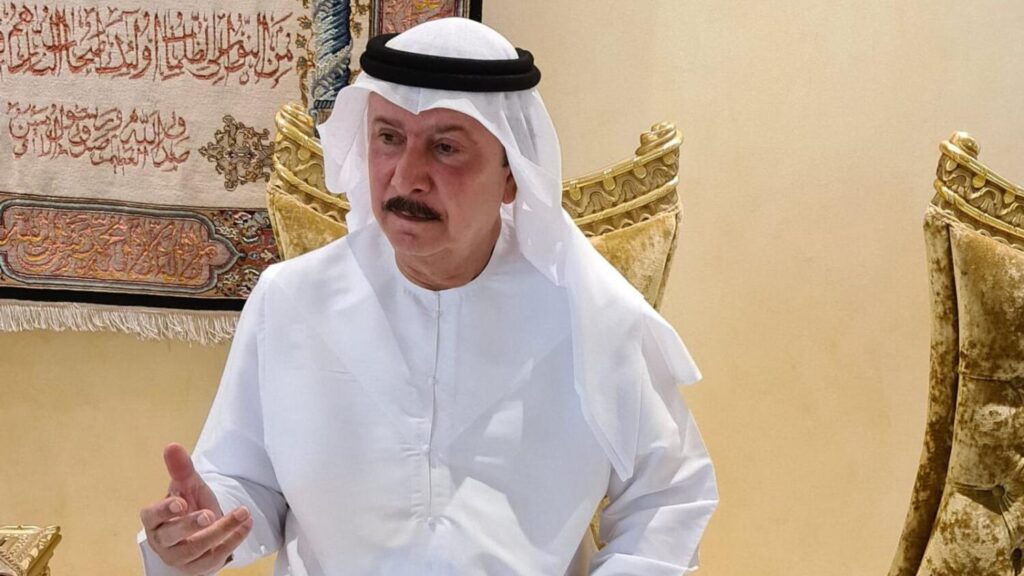The Fiber Connect Council MENA has announced the appointment of Eng. Ahmed Mekky, Chairman and CEO of Benya Group, as Chairman of the council for a two-year term, succeeding Mr. Juan Colina. His appointment for this esteemed role, marks the first time an Egyptian assumes this position.
Eng. Mekky has been involved with the council in his capacity as a member of the Board of Directors since 2011, and was nominated for his role as Chairman of the council, in light of his endless contributions to the ICT industry on a global level and particularly for his extensive experience in the field of optical fibers.
Benya Cables, a subsidiary of Benya Group, began with ambitious plans to build the region’s largest optical fiber factory, and is now months away from materializing that reality.
Fiber Connect Council MENA has a mandate to exponentially increase the deployment of high-speed fiber networks, to connect consumers, businesses, governments and organizations, with the products and services needed to enhance quality of life, make a sustainable impact on the environment, boost business competition and develop apps to ultimately transform the way people live and businesses operate.
The Council’s Board of Directors is comprised of a notable cohort of member organizations such as Corning, Prysmian MEFC, OFS, Etisalat, and Oman Broadband. The board was formed in 2011 as an initiative launched by the founding members, and since inception, now boasts a member and partner count over 50 prominent industry leaders.
Kholoud Al-Dergham, Director General of Fiber Optic Connect Council MENA, welcomed the appointment of Eng. Ahmed Mekky as the Council’s new Chairman, highlighting “his expert record and experience in this field as invaluable assets to the Council, as well as a unique opportunity to invest that kind of experience, to accomplish the council’s objectives to expand the use of fiber optics”.
Eng. Ahmed Mekky is one of the most influential and prominent leaders in the ICT sector. In 2017, he founded Benya Group, formerly known as “Fiber Misr Systems,” and its affiliates with the goal of accelerating the Middle East and Africa’s digital transformation.
Prior to that, he launched Gulf Bridge International (GBI) in 2008 to build and operate the first underwater cable network, stretching over 40,000 kilometers and connecting 25 nations.
In 2011, he was appointed to the SAMENA Council’s Telecommunications Committee, and was selected on the Board of Governors (PTC).
Eng. Mekky has received various honors in recent years, including the “Telecom Review” award for best CEO in the area of enterprises offering services in telecom infrastructure for three consecutive years (2019, 2020 and 2021)
source/content: egyptian-gazette.com
__________

_________
EGYPT


